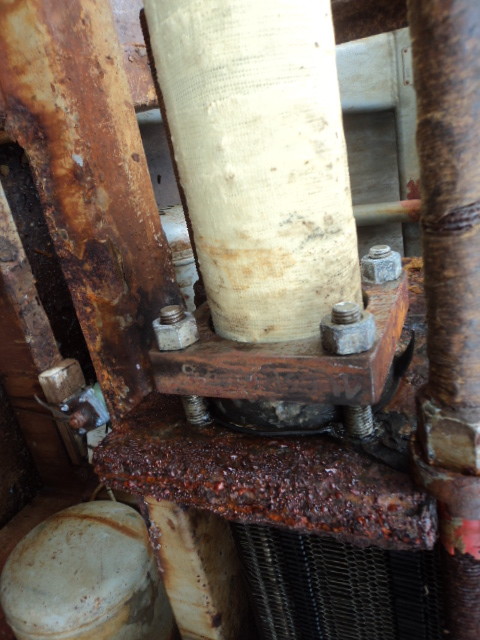
Composite repair for pipeline defects

When left unmonitored, excessive external corrosion, internal corrosion, erosion, abrasion, dents and cracks can all potentially lead to disaster. These pipeline defects when unrepaired, can cause expensive and potentially deadly consequences to asset owners and equipment operators. Therefore, these pipeline defects require suitable repairs or replacements, depending on the severity of the defects.
Hot Works or Installation of Pipe Clamps
In the early days, there are not many options available for in-situ pipe repairs. If defects have been discovered, metal sleeves are welded over the compromised area or a heavy duty metal pipe clamp is installed over the defect length.
While these methods are still appropriate and applied frequently, there are disadvantages of these repair methods. Hot work permits for grinding and welding are often difficult to obtain especially under safety considerations. Installation of metal pipe clamps is considered a temporary localised repair solution that requires consistent monitoring and it may still cause catastrophic failure.
Hence safer repair method are favoured that provides not only repair but rehabilitation and reinforcement of the pipeline

Safer Solution to Repair of Pipeline Defects
Composite wraps have been used as transmission pipeline repair methods for more 20 years. Within that time frame, specific composite repair systems have proven to be a permanent repair of potentially catastrophic pipeline defects. Along with the guidelines issued for non-metallic repairs to pipelines in ASME PCC-2 Article 4.1, composite repair manufacturers design composite repairs solutions for specific field applications.

Composite Repair System Uses and Benefits
Composite repair systems are suitable for use on pipeline defects including wall loss of up to 80 percent (e.g. external or internal pipe corrosion, erosion etc.), dents and gouges in pipes and pipe fittings. The composite repair solution is considered a replacement option to the crop-and-replace method of replacing a new pipe section.
There are many advantages of composite repair including:
(1) Able to installed while the pipeline is operation
(2) Operating pressure may not need to be reduced during repair works
(3) No hot works required to install the composite repair systems
(4) Remediate, repair and reinforce the pipe defects by increasing wall thickness
(5) Reduce unnecessary heat infected zone weld induced stresses induced from welding
(6) Versatile for application on complex pipe geometries (e.g. elbows, tees, nozzles and bends)
(6) Faster project implementation duration
(7) Economical repair solution


